Butterflies are all around now.
Tom
4 years ago
last modified: 4 years ago
Featured Answer
Sort by:Oldest
Comments (29)
Related Discussions
Can I cut back part of my butterfly bush now?
Comments (8)I'd advise not cutting it back. Just wrap the netting around the Fothergilla and attach to the Buddleia as well. The deer are not going to duck under the Buddleia to get to the fothergilla. They can't see the black netting, and feeling it but not knowing exactly where it is is very unpleasant to them since they can't tell whether they might get caught up in it....See MoreStorm Damaged Butterfly bush. Now what?
Comments (1)Sorry gang, I was checking out multiple forums as usual and just realized I didn't click over to the butterfly formum before posting this, so it ended up here by mistake....See MoreMore sunlight now,more open,better Butterfly habitat...
Comments (6)Isn't it wonderful getting more sun? I've had lots of treework done (mostly Norway maples and thinning), and my lot has gone from mostly shade to partial shade. I want more sun! I have a plan with my tree guy to take down the last huge Norway maple in my yard as soon as the snow melts (we have about 2 feet right now). I can't wait to get rid of that thing and grow more stuff. :-D I grow bronze fennel and it doesn't produce the bulb. That is "Florence fennel" and it's a cultivar of Foeniculum vulgare that has an enlarged bulb. It is similar to celery but has a mild sweet licorice taste. I cook them with brussel sprouts and carrots, or other winter veggies. It sounds like the pesticide applicator is targeting the woody plants. Hopefully he won't hit the host plants. Next time you see the sprayer, I would go over and ask him about the herbicide. Probably Triclopyr or 2-4-d. I think they kill broad leaf plants but not grasses?...See More3-n-1 Butterfly bush - only growing 1 color now
Comments (4)Butterfly bushes (Buddleia species) do not naturally bloom in three different colors, so I assume the ones you obtained were grafted. Very often, one or more of these grafts will fail and you will be left with a single color, sometimes that of the understock, which is probably not what you wanted at all. FWIW, generally these types of plants are most often found through less reputable sellers......like Michigan Bulb, who is notorious for multicolored, short-lived Frankenplants and zero customer service....See Moremxk3 z5b_MI
4 years agoRhonda - 10a Englewood, Florida
4 years agoTom
4 years agogardengal48 (PNW Z8/9)
4 years agoRhonda - 10a Englewood, Florida
4 years agofour (9B near 9A)
4 years agolast modified: 4 years agoTom
4 years agoIris S (SC, Zone 7b)
4 years agofour (9B near 9A)
18 days agomxk3 z5b_MI
18 days agoTom
18 days agolast modified: 18 days agofour (9B near 9A)
18 days agolast modified: 18 days agofour (9B near 9A)
18 days agolast modified: 18 days agoJay 6a Chicago
17 days agolast modified: 17 days agofour (9B near 9A)
17 days agolast modified: 17 days agoJay 6a Chicago
17 days agoTom
17 days agofour (9B near 9A)
17 days agolast modified: 17 days agoarbordave (SE MI)
17 days agoJay 6a Chicago
17 days agofour (9B near 9A)
16 days agomxk3 z5b_MI
15 days agoJay 6a Chicago
14 days agolast modified: 14 days agoarbordave (SE MI)
14 days agolast modified: 14 days agofour (9B near 9A)
14 days agolast modified: 14 days agofour (9B near 9A)
14 days agomxk3 z5b_MI
14 days ago
Related Stories
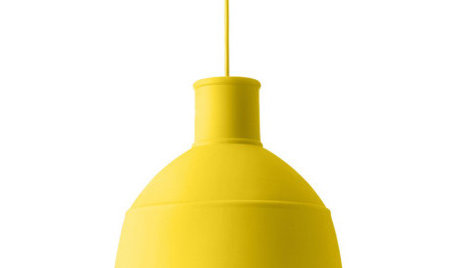
PRODUCT PICKSGuest Picks: Nordic Delights for All Around the Home
Take a style cue from Scandinavia with furnishings and accessories that create a bright, airy feel
Full Story
WOODThe Power of Plywood All Around the House
Of course you've heard of it, but you might not know all the uses and benefits of this workhorse building material
Full Story
BATHROOM DESIGNTrending Now: 11 Dream Baths That Have It All
See how each of these beautiful bathrooms incorporates a walk-in shower and a standalone tub
Full Story
GRAYGoing Greige: Tips for Choosing This All-Around Neutral
Here are some ways to highlight and complement your home with this elegant hybrid of gray and beige
Full Story
HOUSEKEEPINGAll Together Now: Tackle Home Projects With a DIY Co-op
You're in good company when you pair up with a pal to clean, organize, repair and replace
Full Story
ECLECTIC HOMESMy Houzz: Global Souvenirs and All-Around Amenities in Montreal
Exotic masks and travel mementos decorate an overhauled home with a pool, sauna, wine cellar and more
Full Story
PRODUCT PICKSGuest Picks: Ottomans All Around!
Glam, rustic, modern, traditional ... there’s an ottoman here for every taste — and even some with storage
Full Story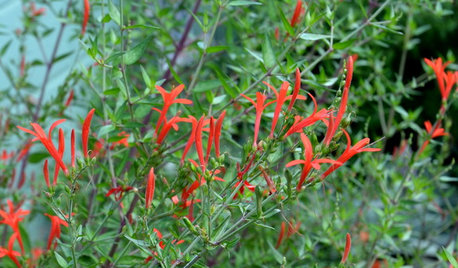
FLOWERS AND PLANTSFlame Acanthus Attracts Butterflies and Hummingbirds All Summer Long
Texas native Anisacanthus quadrifidus var. wrightii peps up drought-tolerant gardens with its dark orange flowers
Full Story
GARDENING FOR BUTTERFLIESBring on the Birds: Natural Habitat Ideas for Gardens of All Sizes
Provide nesting, watering and perching spots inspired by the Costa Rican jungle and watch the birds flock on over
Full Story


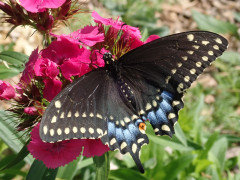
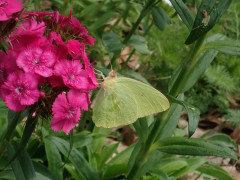
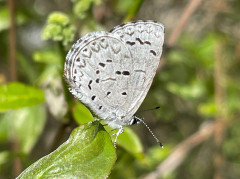
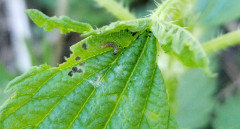
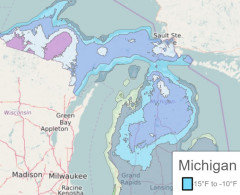
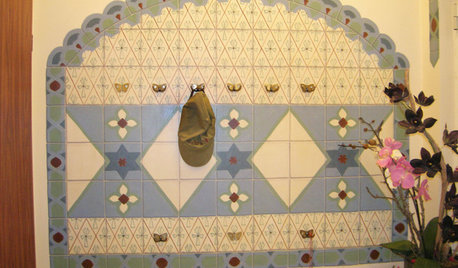
Iris S (SC, Zone 7b)